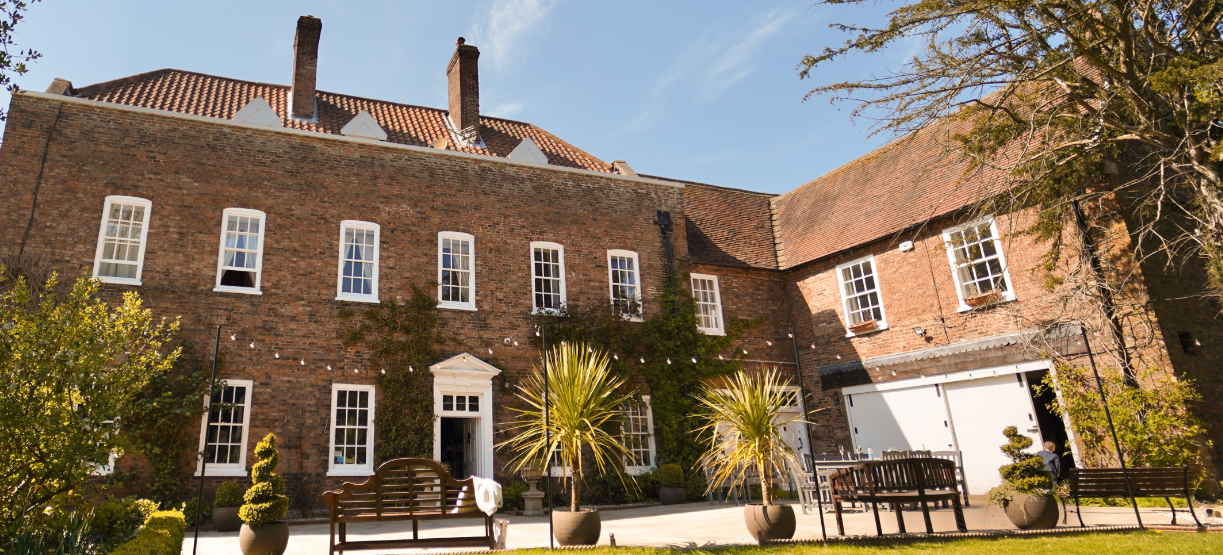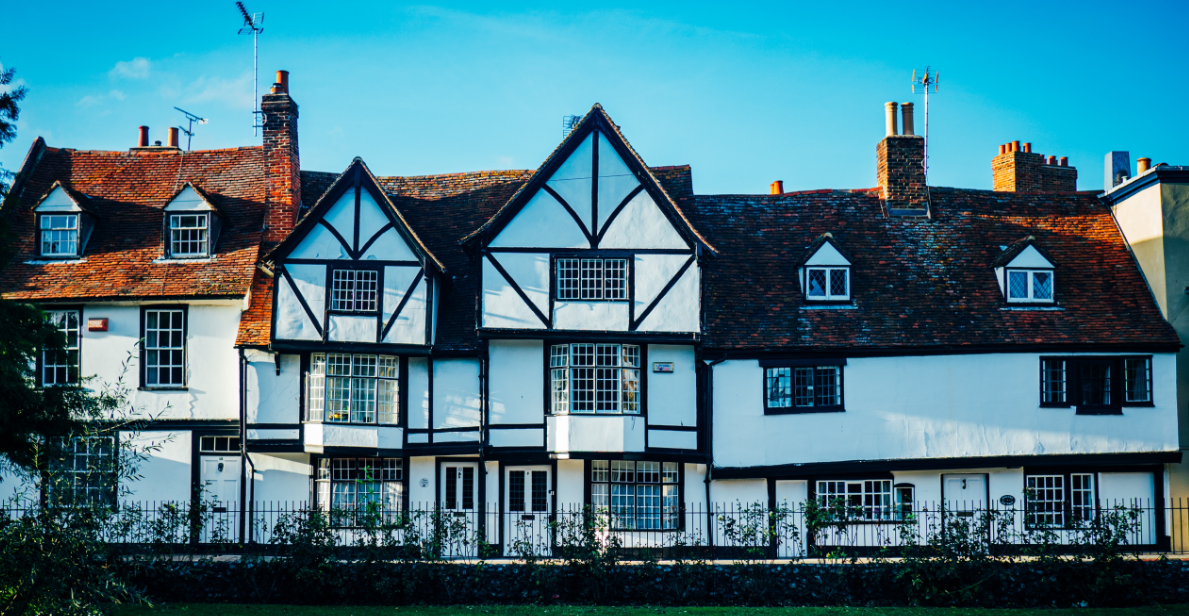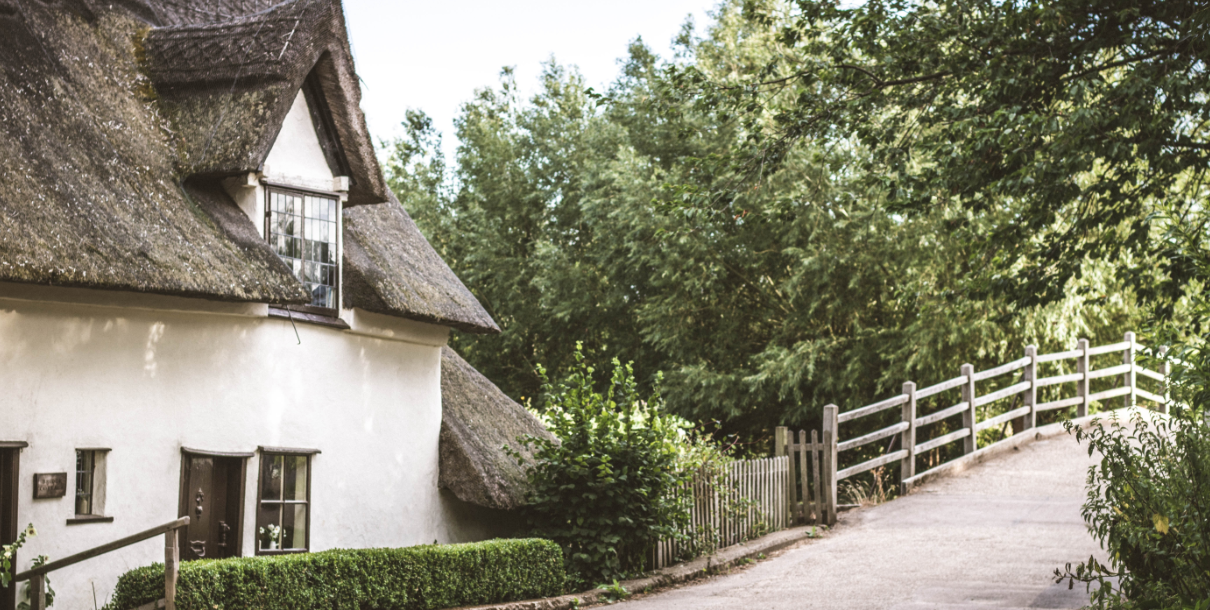Is your property a listed building?


Is your property a listed building?
Here’s what you need to know before making changes to your listed property.
Did you know that not obtaining the relevant permission to alter or update your listed building is a criminal offense?
If you do not have the correct permission to undertake works, it is a criminal, not a civil offence and could lead to a 2-year prison sentence or an unlimited fine1. This rule can apply to the builder carrying out the works and to those who have instructed the works – usually the property owner.
Who can you contact about planned works to your listed building?
If you are planning on renovating or carrying out works to your listed property (ranging from alterations, demolition and extensions, to changing the latch on a window) you must get listed building consent. Historic England will need to be consulted under the Planning (Listed Buildings and Conservation Areas) Act 1990 for Grade I and Grade II* listed buildings. You can visit their website here https://historicengland.org.uk/
Works to Grade II buildings will usually need the permission of your local planning authority (LPA). If you are not sure whether your property is listed you can search by postcode here: https://historicengland.org.uk/listing/the-list/
What do you need to bear in mind when renovating your listed building?
Approach works to your home along the lines of conservation and restoration, rather than complete re-builds.
Listed buildings are different to modern buildings as they are often made from traditional, centuries-old materials such as lime wash and wattle and daub, so you will need to employ specialist tradespeople to restore your home sympathetically.
The ‘nuts and bolts’ of changing your listed property
Did you know that changing small features in your listed property may also need permissions?
You might need to show you are updating or changing your listed building in a manner sensitive to its features and structure. For example, locks, latches, tiles, plasterwork (ceiling roses, cornicing and mouldings), unique features, fireplaces, and even the colour of the paint may need to be approved by the relevant bodies.
Insurers often require window and door locks, but how can they comply with listed requirements?
Ensuring your property is secure can be challenging as both your insurers and listed building rules will have a set of criteria. If you own a listed building talk to us as your specialist insurance brokers, regarding regulations around locks and securing your property.
There are ways to secure your property without compromising on its integrity and characteristics or breaking listed building rules.
Doors
The following suggestions could improve the security of your doors but check with Historic England or your LPA (depending on what Grade your property is) before you start works.
Doors should meet or exceed the British Standard PAS24 and locks should conform to British Standard 3621.
Use a door chain restrictor which can be wall mounted instead of drilled into the door.
Install a discreet electronic door entry system.
Bars, bolts, and support structures (such as a lintel – a supporting beam over the top of your door) can add a layer of security and strengthen the door.
Windows
Fitting UPVC windows in your listed property could be prohibited, however secondary double glazing installed on the inside of the window is usually allowed as it does not affect the structure of the building.
You could also install:
Sensors that alert you when a window is opened can be fitted discreetly.
Specialist sash window locks which can offer a higher level of security.
Please note that it is worth checking with the relevant organisations before installing any security fittings or systems to your windows.


